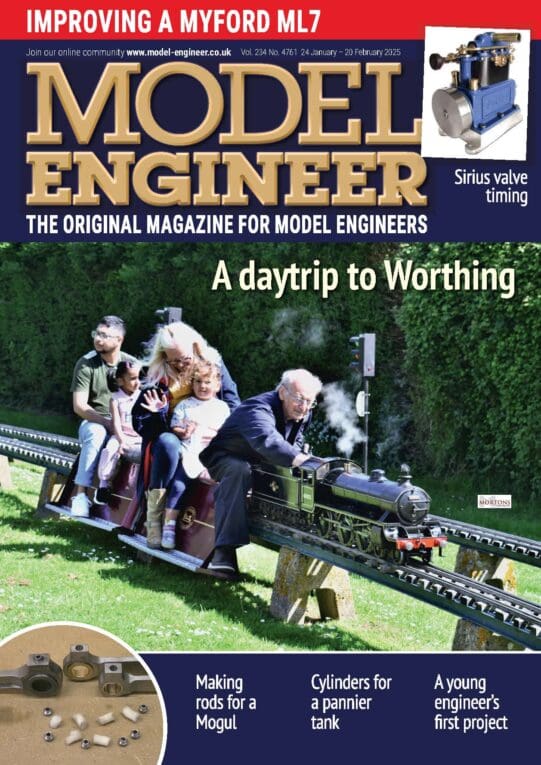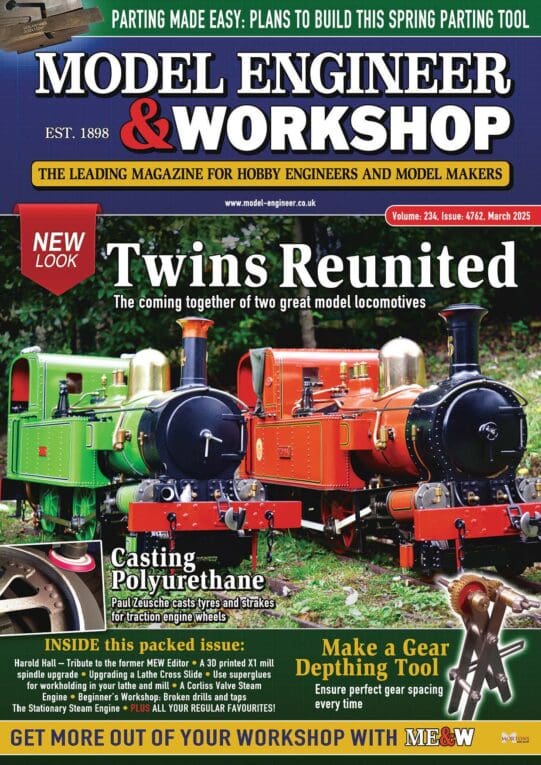I’m just starting to re-build my J&S 540 and have turned my attentions to where in the workshop I should site it. I thought that bolting it down to my concrete base would be a walk in the park but now I get close to doing that and think about the details, its not as straight forward as I thought it would be. So here are the issues:
(1) FRONT HOLES. The front feet holes are easily accessible. They are approx. 17mm diameter and I’d planned to use a piece of 12mm studding or M12 bolt into a ‘rawbolt outer’ fixed in a hole in the concrete floor. The puzzle is this. As you can see in the picture below there is no flat machined seating for the nut. In fact its quite heavily curved especially near the vertical face. Any attempt to tighten directly against this would be a mess so clearly it needs some kind of insert that locates in the 17mm hole and matches the curvature of the casting. But why didn’t the makers just put a spot-face on the casting ? What did industry do here and what have others on the forum done in this situation ?

(2) REAR HOLE Here the hole in the casting is almost underneath the bevel drive unit. The clearance between this and the bolt hole is about 2″. The thickness of the cast foot is about the same ! So I cant install a bolt or even a piece of studding from the outside. ! It looks like I will have to lower the machine onto a stud projecting from the floor and this wont be easy, at least for me without the luxury of an overhead crane ! So again, what is the normal practice in industry and small workshops

I imagine that many might not bother bolting the machine to the floor at all. Afterall, its pretty heavy and clearly isn’t going to go walk-about very fast. But the manufacturer stresses the the importance of solid fixing for the best performance, so this is what I want to do. I have put many hours of work into this machine and don’t want to ‘spoil the shipman for a ha’peth of tar’, at the final hurdle, so to speak. Unfortunately there is NO information in the manufacturers installation instructions on the fine details mentioned above so I look forward to you guidance.
Gerry
gerry madden.








